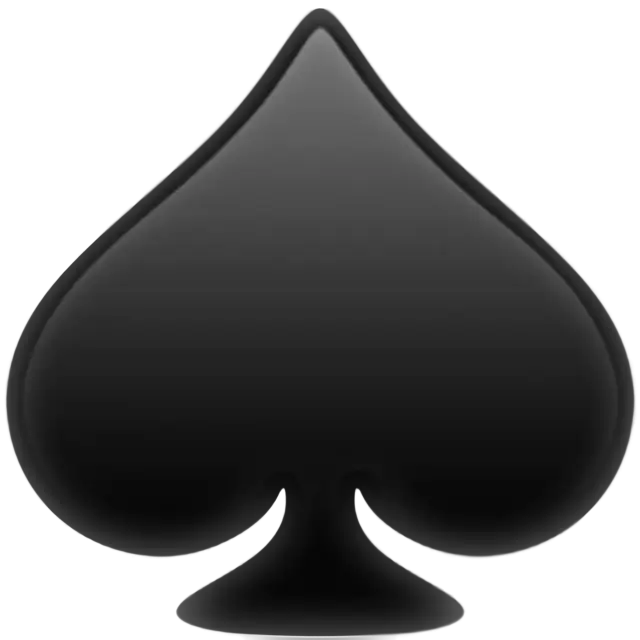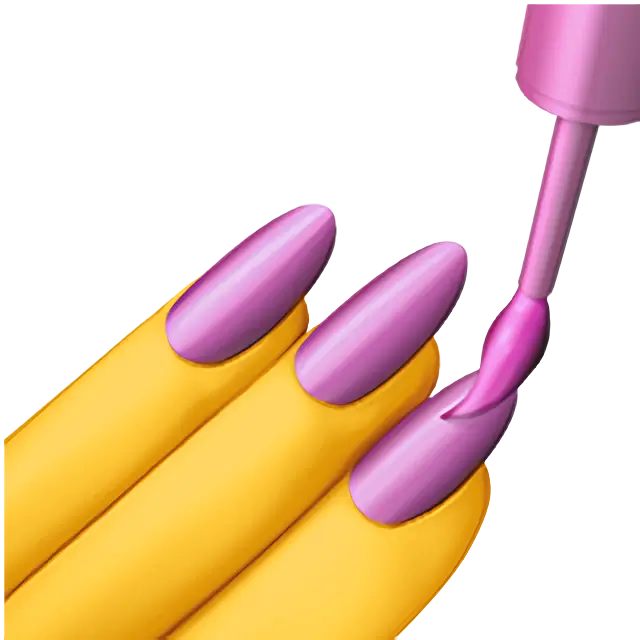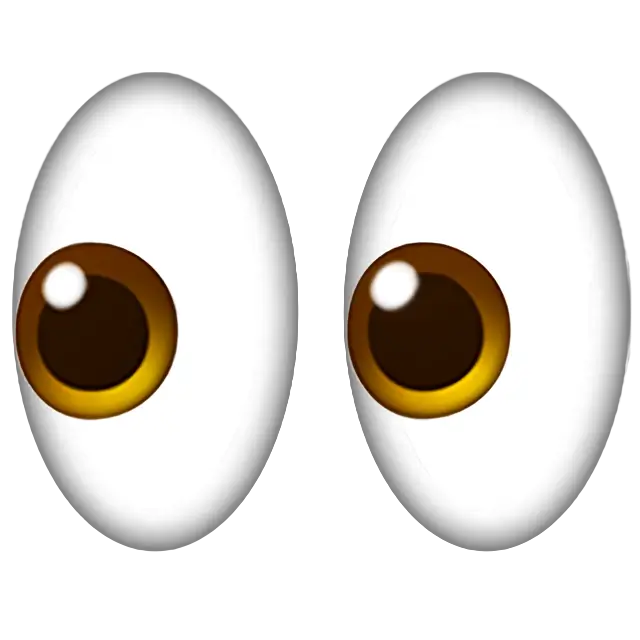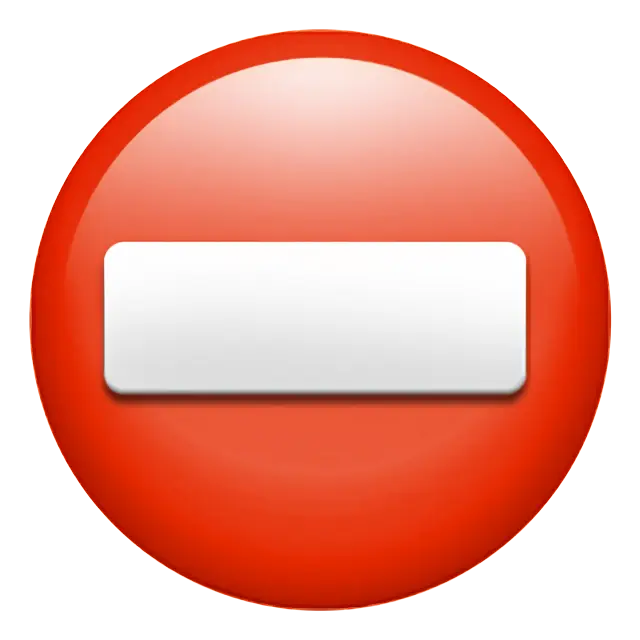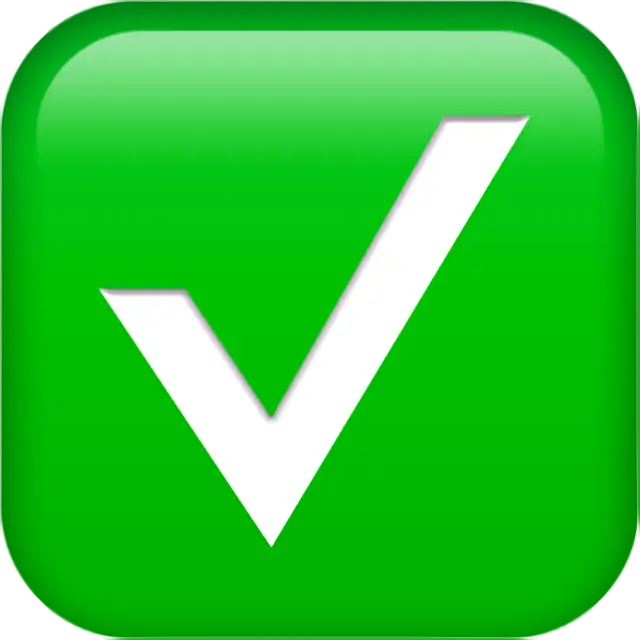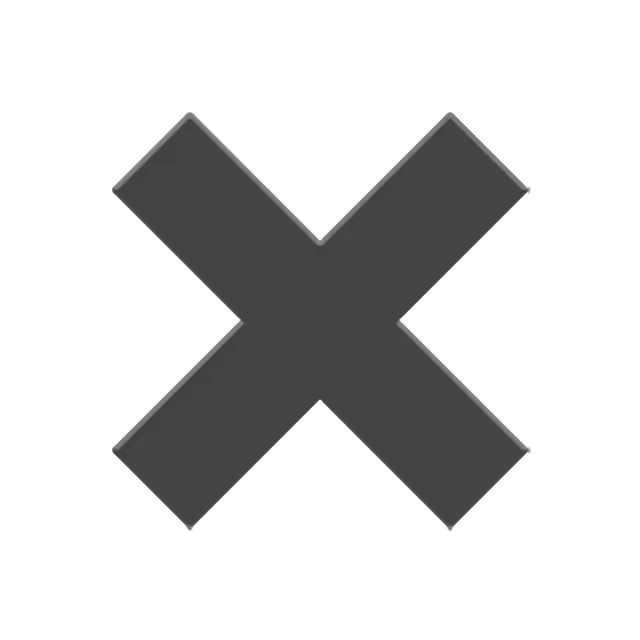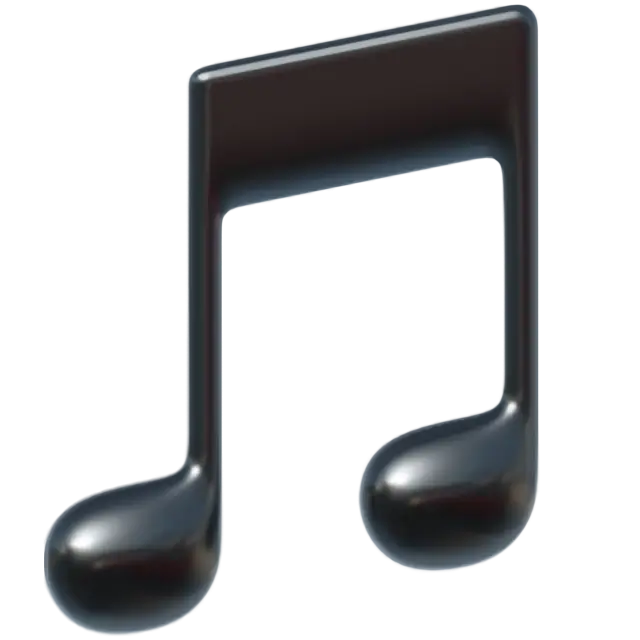Punctuation Marks
Punctuation marks are the symbols of written language that are used for a more accurate reproduction of spoken language to the letter. They can denote intonation, indicate the connection between words and highlight parts of the text.
The list of punctuation marks:
- Full stop,
- Comma: separates parts of a sentence,
- Question mark: the sign for interrogative intonation,
- Exclamation mark,
- Space: word separator,
- Dash,
- Hyphen,
- Semicolon: separate parts of complex sentences,
- Colon,
- Ellipsis,
- Quotation marks.
Classification of punctuation marks by purpose:
- Separation of the completed meaning of fragments of the texts – sentences, paragraphs. They also reflect intonation.
- Designation of the relationship between parts of the same sentence.
- Selection of quotes.
- Designation of emotional attitude to the different parts of one sentence — words and phrases.
- Marking of missing text fragments.
- Symbols, which mean abbreviations of words.
In ancient times punctuation marks were almost never used. Then the word “punctuation” was related to the oratory. The founders of the modern system were the grammars who lived in Alexandria in the III – I centuries BC (Aristophanes of Byzantium, Dionysius Thrax, Aristarchus). At first the full stop was only used, and it was placed on top, below and in the middle of the line. A couple of centuries later a few more signs appeared and in the second century Nikanor had already eight signs. However, no specific rules were invented, each author put punctuation marks as he wanted. It lasted until the fifteenth century, when the printer Aldus Manuzio standardized punctuation. Since then the number of punctuation marks and the rules of their use have not changed dramatically.
Punctuation marks are not part of the alphabets. In consequence of the spread of European punctuation in the XX century they are in general similar to many modern world writings — Indian, Jewish, Arabic, Latin and Cyrillic.
It should be kept in mind that with time graphic representation of signs and their meaning changed. This page presents not only modern, but also historical images. In addition, some marks can be used as diacritic ones (modify or complement the letter). In this case they do not refer to punctuation marks.


